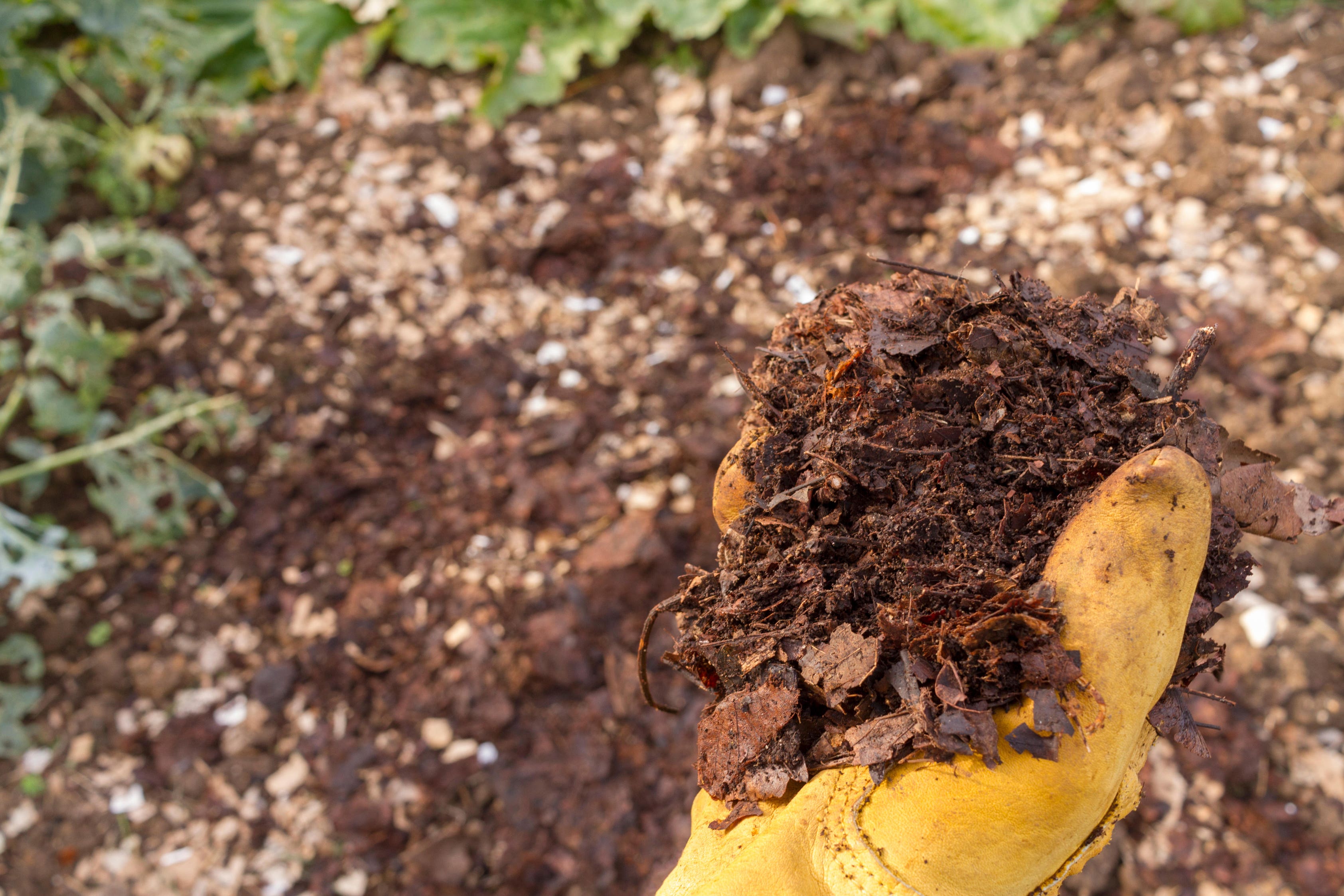How can I boost my soil when I go peat-free?
Gardeners can find other ways to enrich their soil, says son of late gardening legend, Geoff Hamilton. By Hannah Stephenson.

Your support helps us to tell the story
From reproductive rights to climate change to Big Tech, The Independent is on the ground when the story is developing. Whether it's investigating the financials of Elon Musk's pro-Trump PAC or producing our latest documentary, 'The A Word', which shines a light on the American women fighting for reproductive rights, we know how important it is to parse out the facts from the messaging.
At such a critical moment in US history, we need reporters on the ground. Your donation allows us to keep sending journalists to speak to both sides of the story.
The Independent is trusted by Americans across the entire political spectrum. And unlike many other quality news outlets, we choose not to lock Americans out of our reporting and analysis with paywalls. We believe quality journalism should be available to everyone, paid for by those who can afford it.
Your support makes all the difference.Are you worried that your seedlings and other plants will suffer when you go peat-free?
Nick Hamilton, the son of the late gardening legend Geoff Hamilton, has for years used peat-free, organic techniques at Barnsdale Gardens in Rutland, which was originally made famous by his father who presented BBC series Gardeners’ World there from 1979 until his death in 1996.
Barnsdale was Geoff Hamilton’s great experiment in peat-free and chemical-free growing, and these techniques continue, as Nick follows in his father’s footsteps.
Here, he offers peat-free solutions to common growing practices.
Sowing and potting
When it comes to sowing and potting vegetables, using the right compost is key, he says. Buy seed/cuttings compost for seed sowing, and potting compost for potting on.
“Adding soil or garden compost to the mix might be worth a try, certainly when potting more long-term. I have used a 50:50 mix of peat-free compost and composted leaf mould for sowing and that worked really well.”
Leaf mould
“The leaf mould we compost has a really good variety of leaves mixed into it and this seems to produce a compost that has a really good structure. This makes it too valuable just to put on to the borders, as it can also be added to potting composts,” he says.
Leaf mould usually has an excellent level of trace elements, so will be feeding your seedlings and plants with nutrients that may be missing from the additional feeds you apply.
When potting semi-permanent or permanent plants into containers, adding soil or homemade compost/leaf mould to the mix will give the compost more body and a better long-term rooting medium for plants. Even with the right peat-free compost, supplementary feeding may be necessary depending on how long your plants are in the compost.
Yellowing leaves are a sure sign that your plants need a little extra boost. Nick recommends home-made nettle feed or seaweed feed for supplementing any nitrogen deficiencies.
Boost peat-free multi-purpose compost
Be aware that fertiliser levels can be low (with peat-free multi-purpose compost) as it is used for seed sowing as well as potting.
“At Barnsdale, we add pelleted chicken manure when potting on seedlings and a higher rate for veggies like tomatoes, peppers and aubergines. Chicken manure is great for plants as it is so rich in organic nutrients. It’s an excellent source of nitrogen, which is one of the most important nutrients needed for healthy leaf growth in all plants.”
Watch your watering
If you are using peat-free compost, your watering regime may be different.
“At Barnsdale, we prefer wood-based compost over coir. Different peat-free composts hold water differently. Similarly, some mixes of peat-based composts are quite free-draining. So, it’s important to take note and learn as you go along.
“During dry spells, when you find yourself watering a lot, you’ll be washing away nutrients from the compost. My suggestion when asked how often to water is, if in doubt, do not water. If a plant wilts from under-water, then water it within an hour, and it will be back looking great. If it wilts from over-watering then the likelihood is that the roots have died, due to waterlogging, and the plant will more than likely not recover.”
Use fertiliser
“Boost your plants and compost with organic fertiliser. Mixing in organic fertiliser can help prevent nutrient loss when you need to water heavily in drier spells.
“Peat-free compost will consist of materials that are still rotting down, such as woody material, which makes for a good open compost. However, because of this, the compost and the plants are both using up nitrogen, so it is important to top up the nutrients as required.”
Try using foliar feed if foliage is starting to yellow, he suggests. This is sprayed directly on the leaves and allows for a faster rebalancing of nutrient levels and a quicker return to normal green leaves.
Don’t fear going peat-free
“If you have been using peat-based compost your whole gardening life, however long or short that may have been, do not be frightened of these new composts.
“It is much better to start the ball rolling with your peat-free gardening journey now, to give you time to find out the best peat-free compost for you and you will be prepared for when you absolutely have to grow peat-free.
“Also, don’t be afraid of failure. Initially there will be some trial and error, as with anything new, it can take time to find the best solution.”